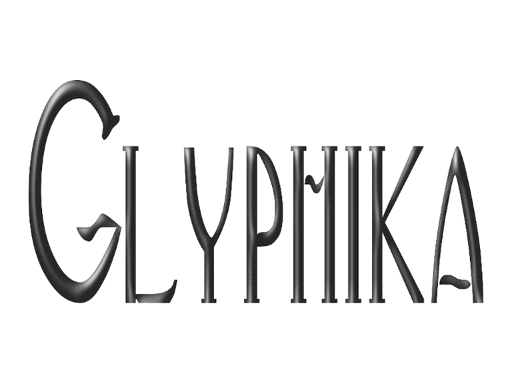When Writing was Carving
or why this blog is called Glyphika!
I study calligraphy and typography but I also have an interest in epigraphy, the study of inscriptions, and Palaeography, the study of ancient scripts and writings. Hopefully I'll find something interesting to share with you on all of those topics?
So why Glyphika? Rather than say graphica? Or grammatika?
One thing I've noticed through years of study is that all the oldest scripts were engraved or inscribed into objects. Thinka about it?
Chinese Oracle script > onto bones!
Sumerian and its cuneiform descendants incised into clay tablets.
Minoan Linear A and B the same.
European Runes incised.
Likewise the oldest Egyptian hieroglyphs!
Who discovered reed pith could be used to apply marks on sheets of papyrus I don't know!
Reed pith? Yes it's possible the oldest Egyptian pens made of hollow reeds may have also used the dry pith the way we use felt tip markers?
Using brushes in Eastern Asia probably developed because some one started coloring in incised characters with black or red to make them stay out more. A brush could hold more ink!
Graphoo graphic and graphy as a suffix suggest writing to most of us but writing is Ancient Greece was originally the act of scraping characters on wax or wooden tablets or stone inscriptions.
Gluphoo and glyph are very similar in meaning. The main difference was deeper carving.
The Greeks coined the word heiroglyph to describe the sacred signs they saw carved into temple walls and columns and pylons when they first travelled to Egypt not the hieratic or demotic scripts used for ordianry writing.
Glyphs came out! Signs ideograms hieroglyphs were used long before and after alphabetic systems.
Hence GLYPHIKA a blog about signs whether they represent sounds or ideas.

